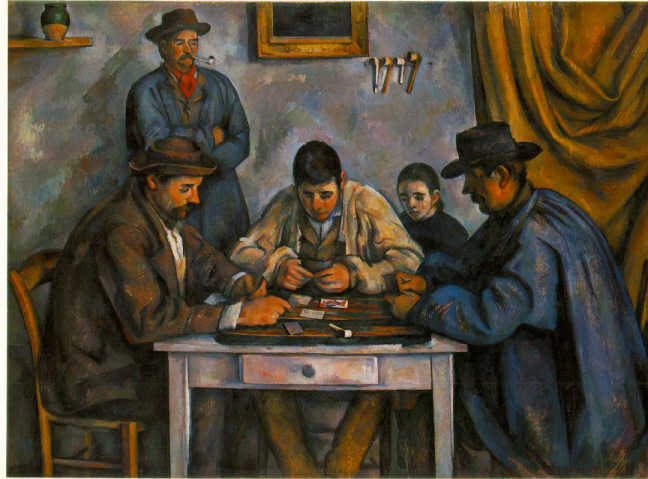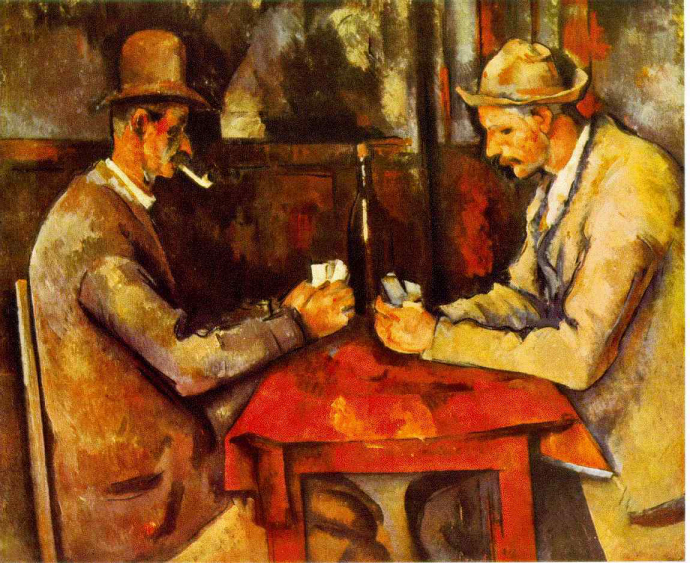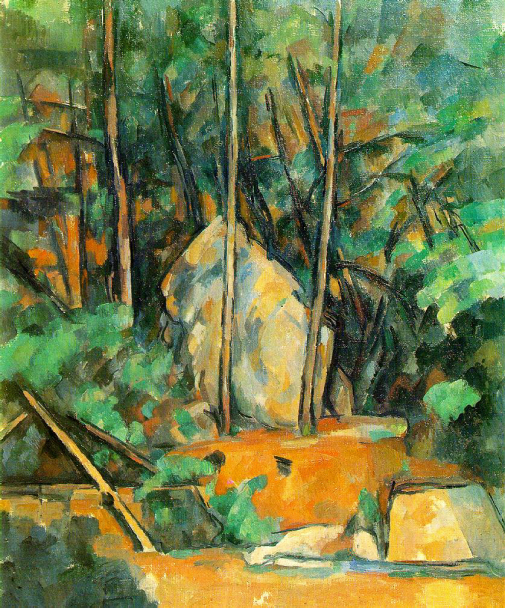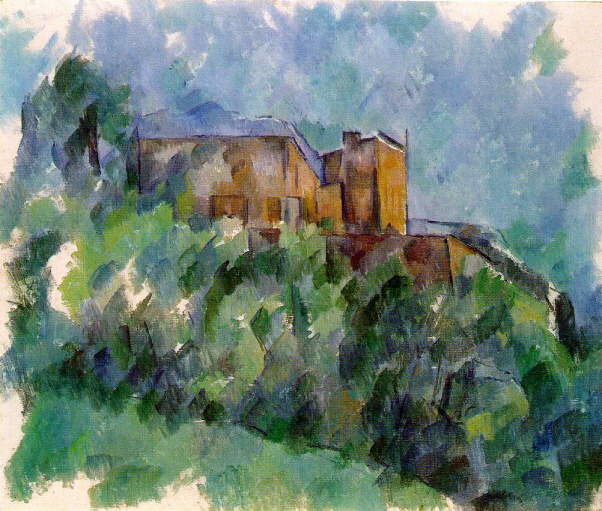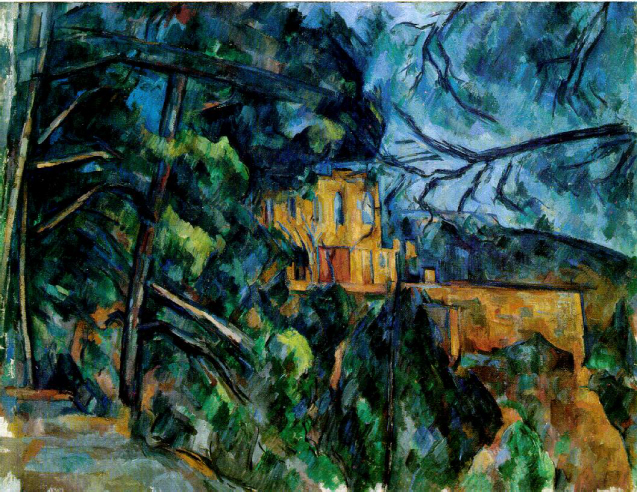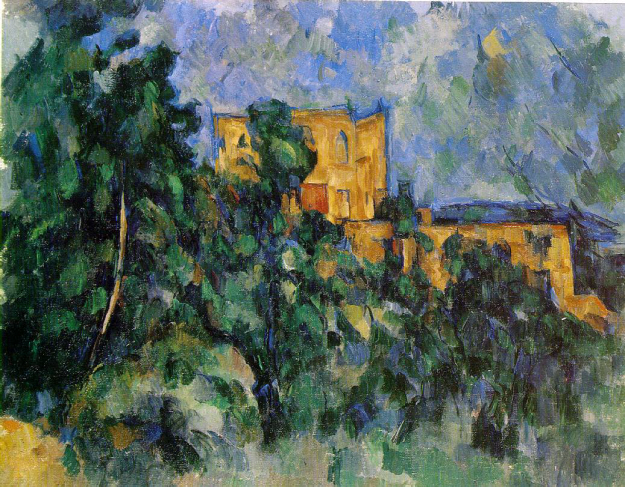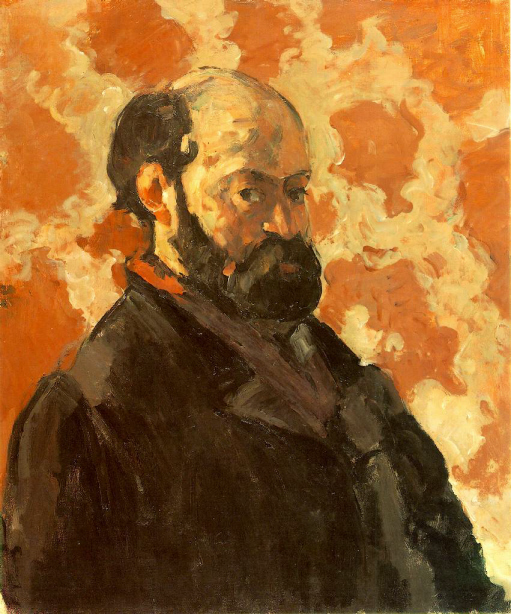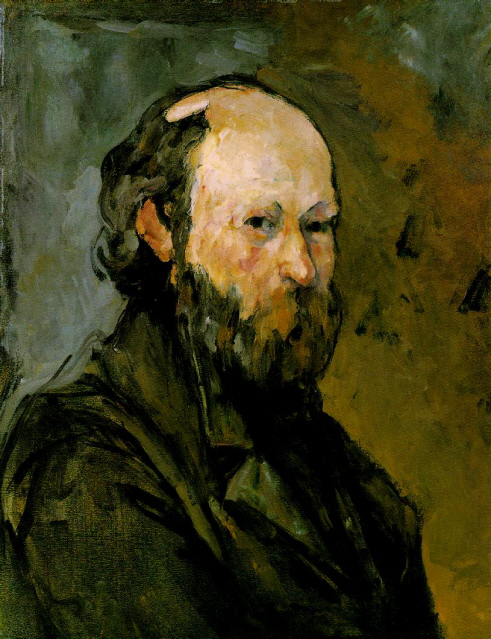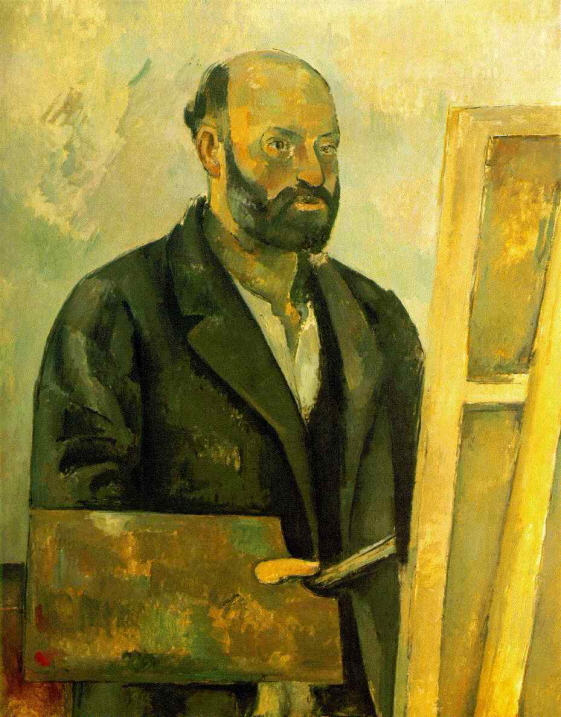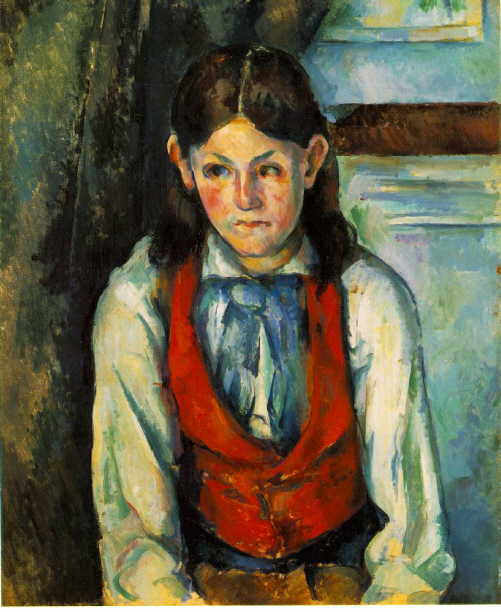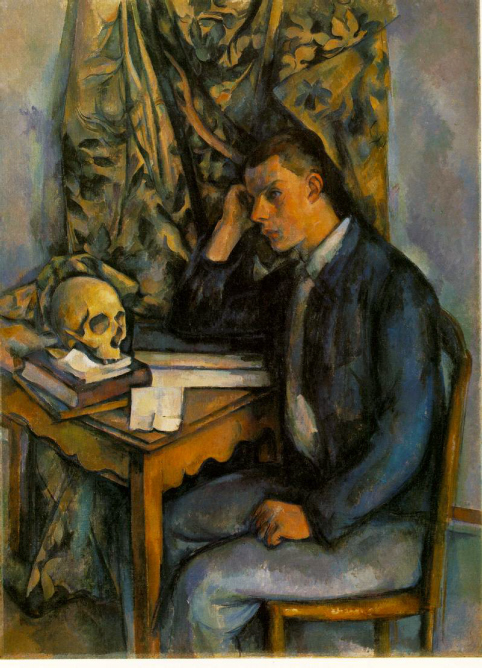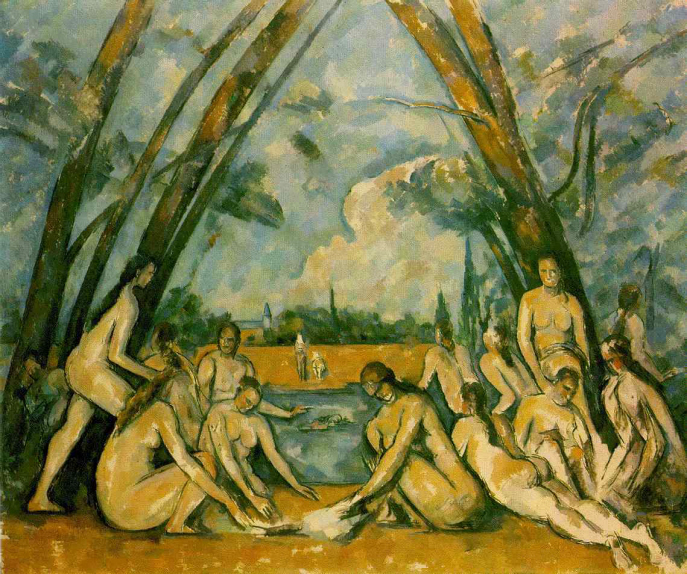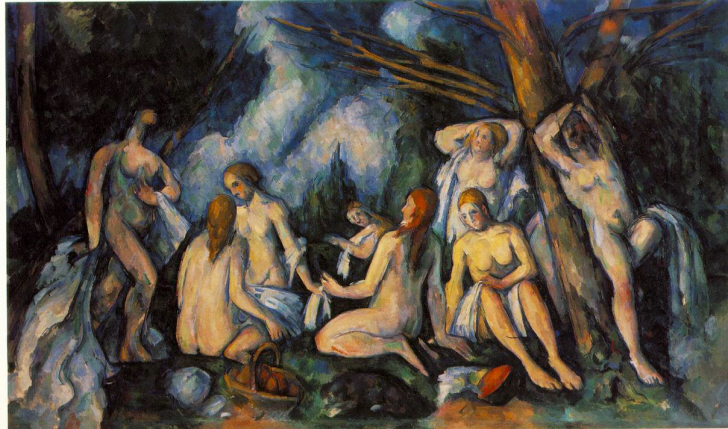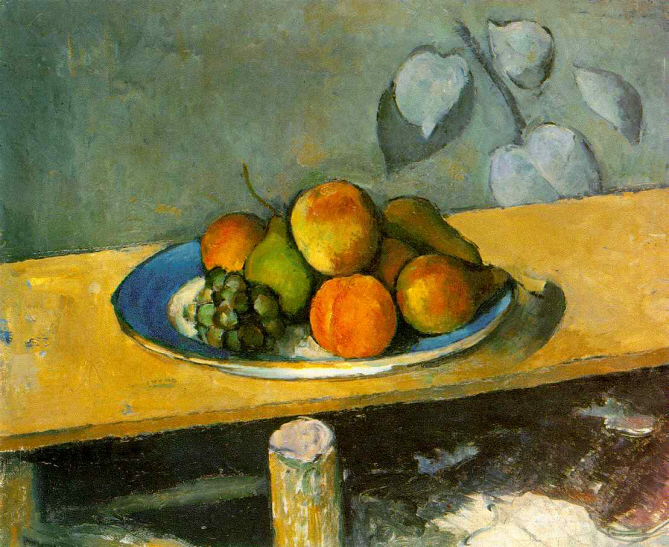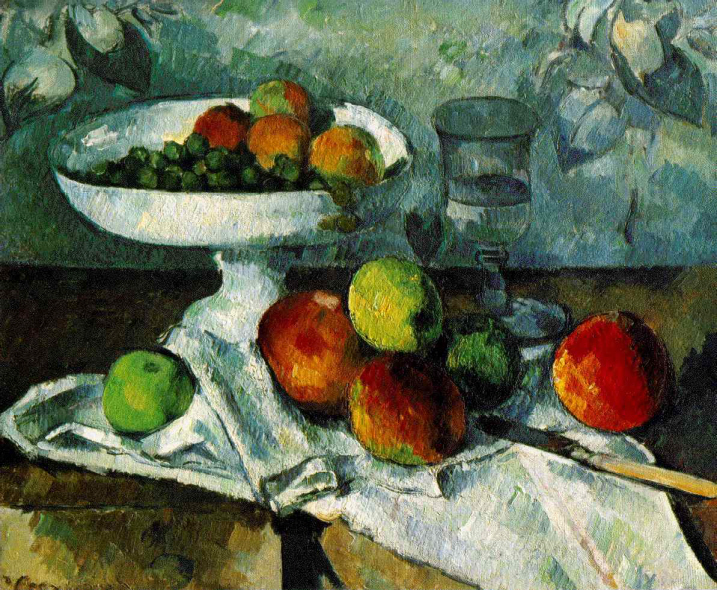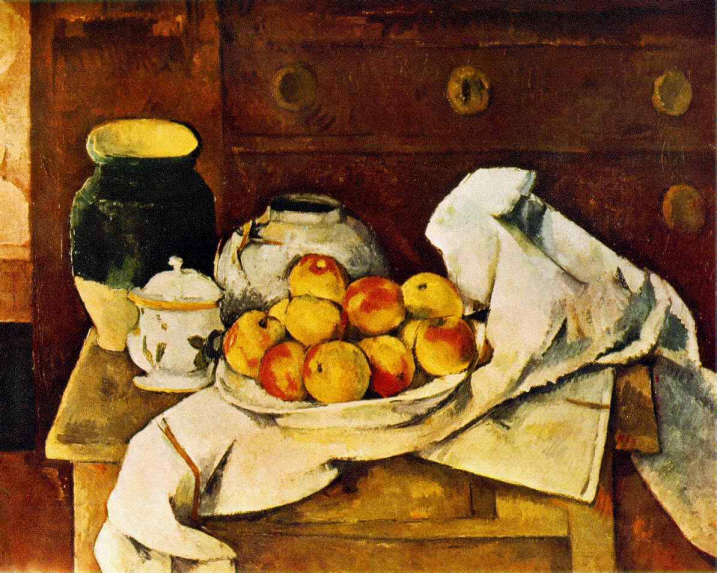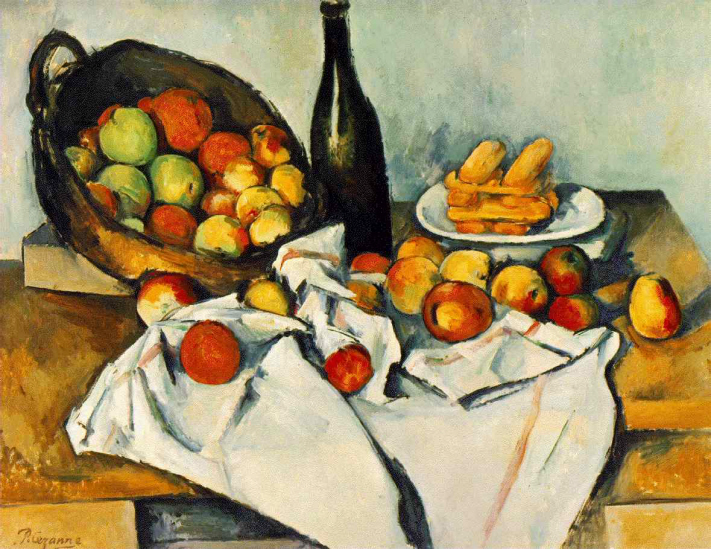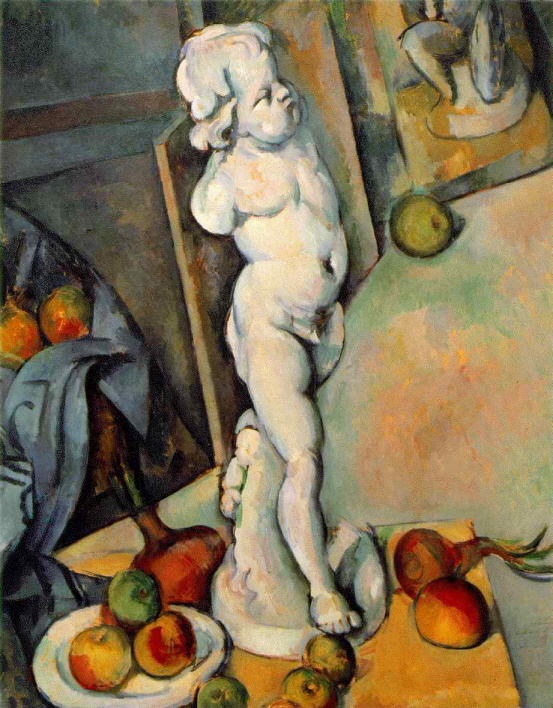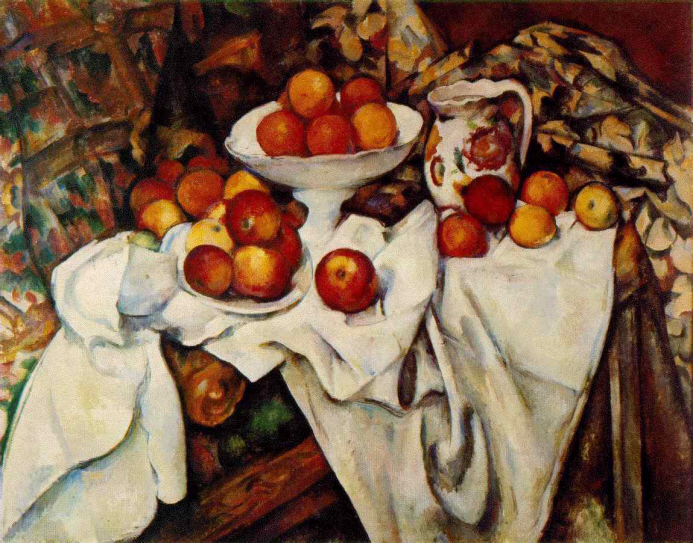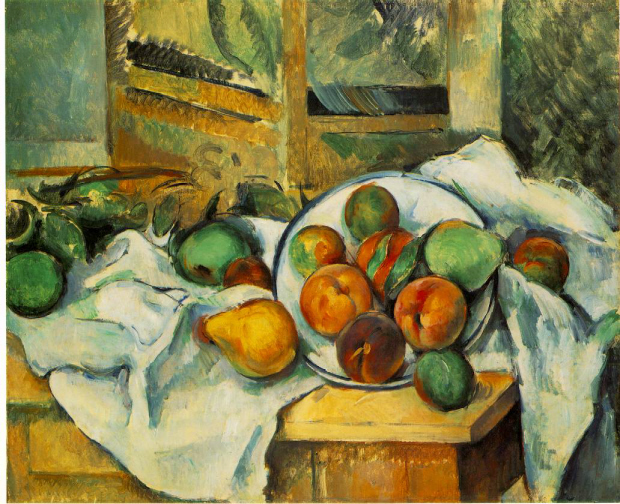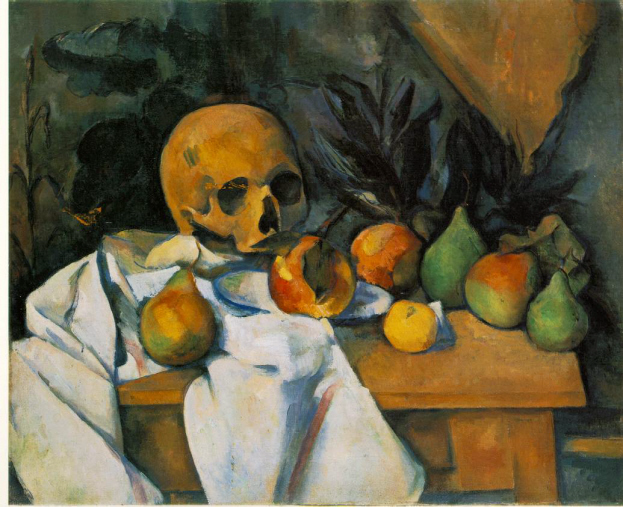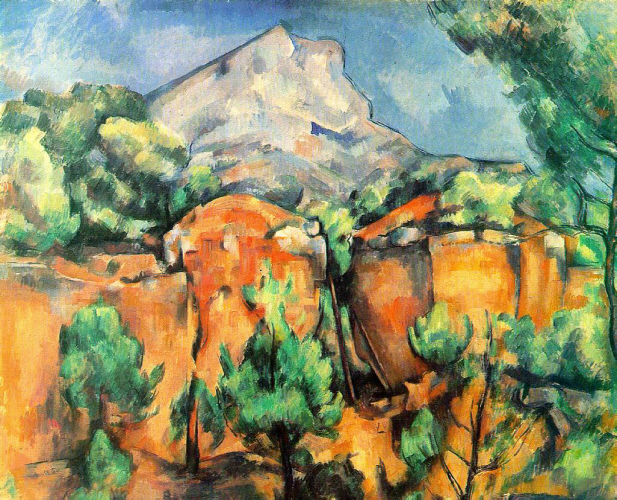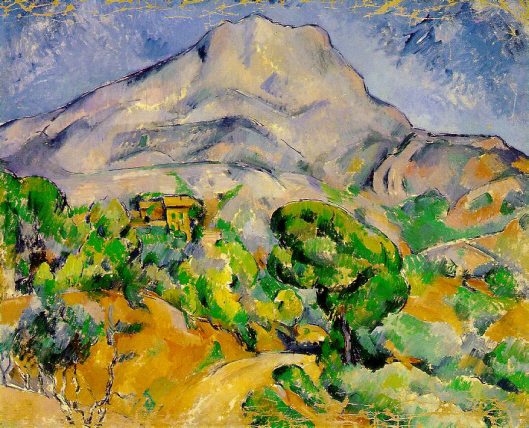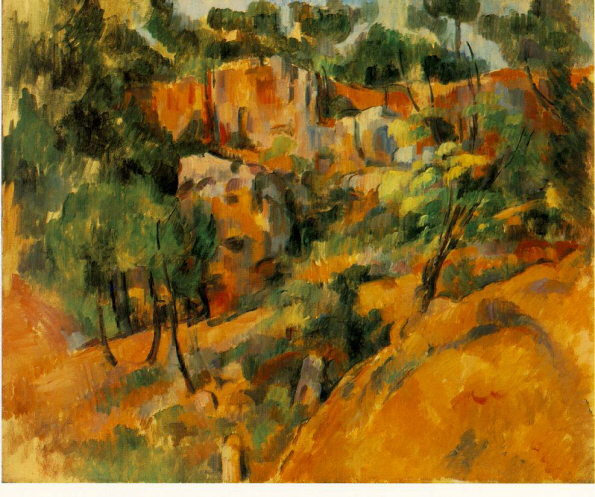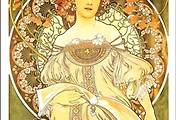Cézanne, Paul
French painter, one of the greatest of the Postimpressionists, whose works and ideas were influential in the aesthetic development of many 20th-century artists and art movements, especially Cubism. Cézanne's art, misunderstood and discredited by the public during most of his life, grew out of Impressionism and eventually challenged all the conventional values of painting in the 19th century through its insistence on personal expression and on the integrity of the painting itself. He has been called the father of modern painting.
The French painter Paul Cézanne, who exhibited little in his lifetime and pursued his interests increasingly in artistic isolation, is regarded today as one of the great forerunners of modern painting, both for the way that he evolved of putting down on canvas exactly what his eye saw in nature and for the qualities of pictorial form that he achieved through a unique treatment of space, mass, and color.
Cézanne was a contemporary of the impressionists, but he went beyond their interests in the individual brushstroke and the fall of light onto objects, to create, in his words, ``something more solid and durable, like the art of the museums.''
Cézanne was born at Aix-en-Provence in the south of France on Jan. 19, 1839. He went to school in Aix, forming a close friendship with the novelist Emile Zola. He also studied law there from 1859 to 1861, but at the same time he continued attending drawing classes. Against the implacable resistance of his father, he made up his mind that he wanted to paint and in 1861 joined Zola in Paris. His father's reluctant consent at that time brought him financial support and, later, a large inheritance on which he could live without difficulty. In Paris he met Camille Pissarro and came to know others of the impressionist group, with whom he would exhibit in 1874 and 1877. Cézanne, however, remained an outsider to their circle; from 1864 to 1869 he submitted his work to the official SALON and saw it consistently rejected. His paintings of 1865-70 form what is usually called his early ``romantic'' period. Extremely personal in character, it deals with bizarre subjects of violence and fantasy in harsh, somber colors and extremely heavy paintwork.
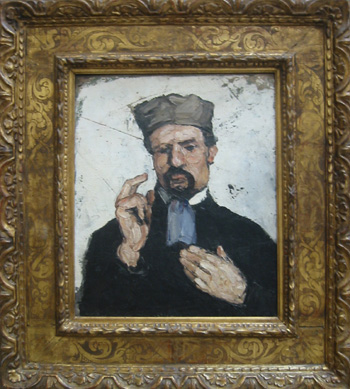
Paul Cézanne. Uncle Dominique (The Lawyer). c. 1866. Oil on canvas. Musée d'Orsay, Paris, France.
세잔
오르세이 가서 직접 찍어 온 작품.
거장들의 작품은 직접가서 보면 그 맛이 정말.
잊혀지지 않는다.
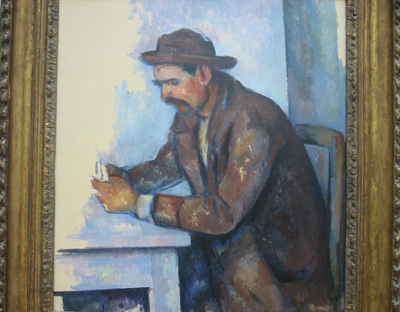
완벽한 색채!
고독과 쿨함이 한꺼번에 느껴지는 색의 조화!
Still-life with Apples (Nature morte. Les Pommes). c. 1890. Oil on canvas. Collection of Otto Krebs, Holzdorf. Now in the Hermitage, St. Petersburg, Russia.
Card Players. 1890-1892. Oil on canvas. Barnes Foundation, Lincoln University, Philadelphia, PA, USA
c. 1866 (170 Kb); Oil on canvas, 198.5 x 119.3 cm (78 1/8 x 47 in); National Gallery of Art, Washington, D.C.
Boy in a Red Waistcoat. 1888-1890. Oil on canvas. Barnes Foundation, Lincoln University, Philadelphia, PA, USA.
c. 1901 (130 Kb); Oil on canvas, 37 x 45.5 cm (14 5/8 x 17 7/8"); Private collection; Venturi no. 753
'History of Arts > 19C' 카테고리의 다른 글
| Art Nouveau (0) | 2020.05.11 |
|---|---|
| 알퐁스 뮤샤 (0) | 2020.05.11 |
| 쟈포니즘 (0) | 2020.05.04 |
| 호쿠사이 (0) | 2020.05.04 |
| 일본 판화 (0) | 2020.05.04 |



